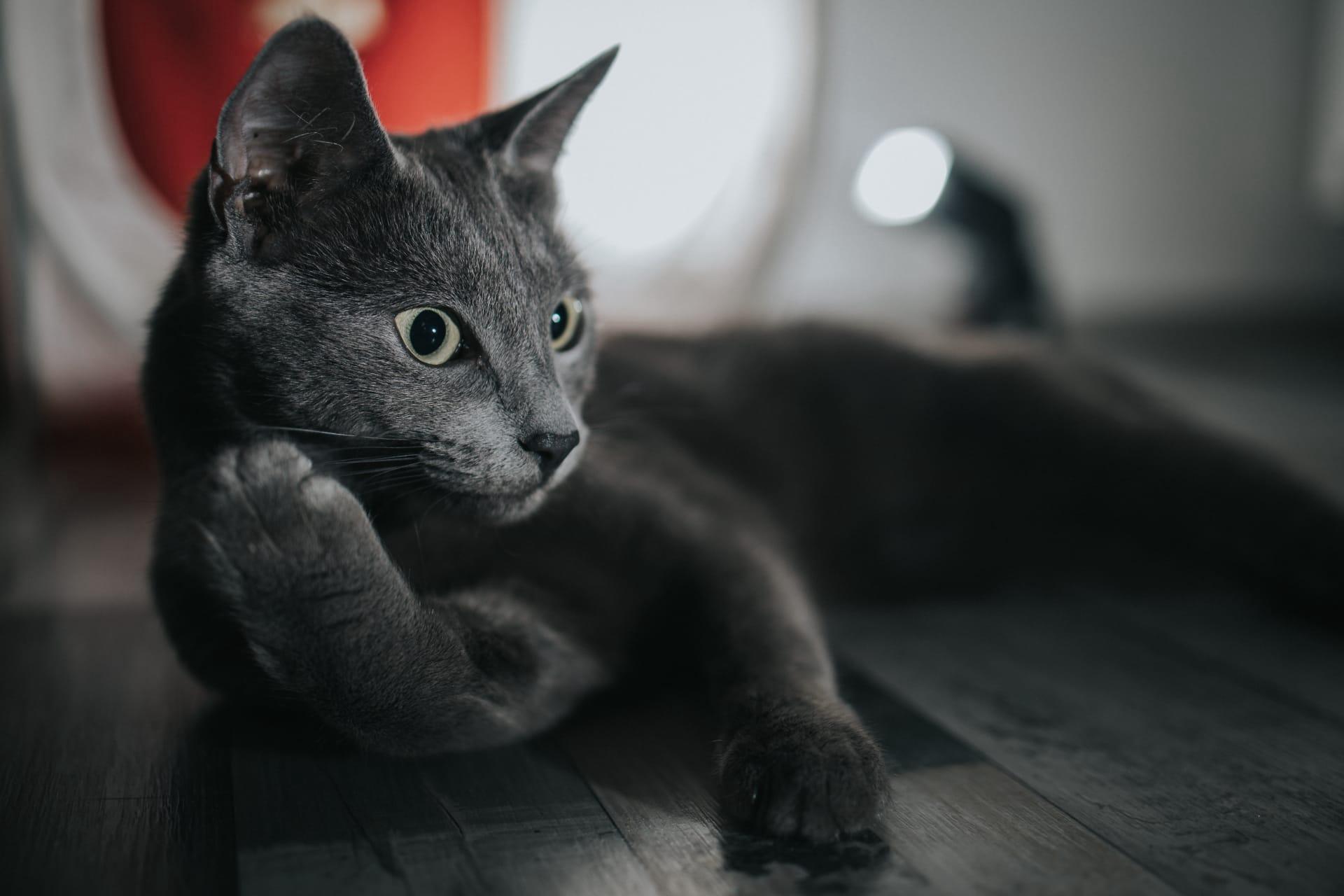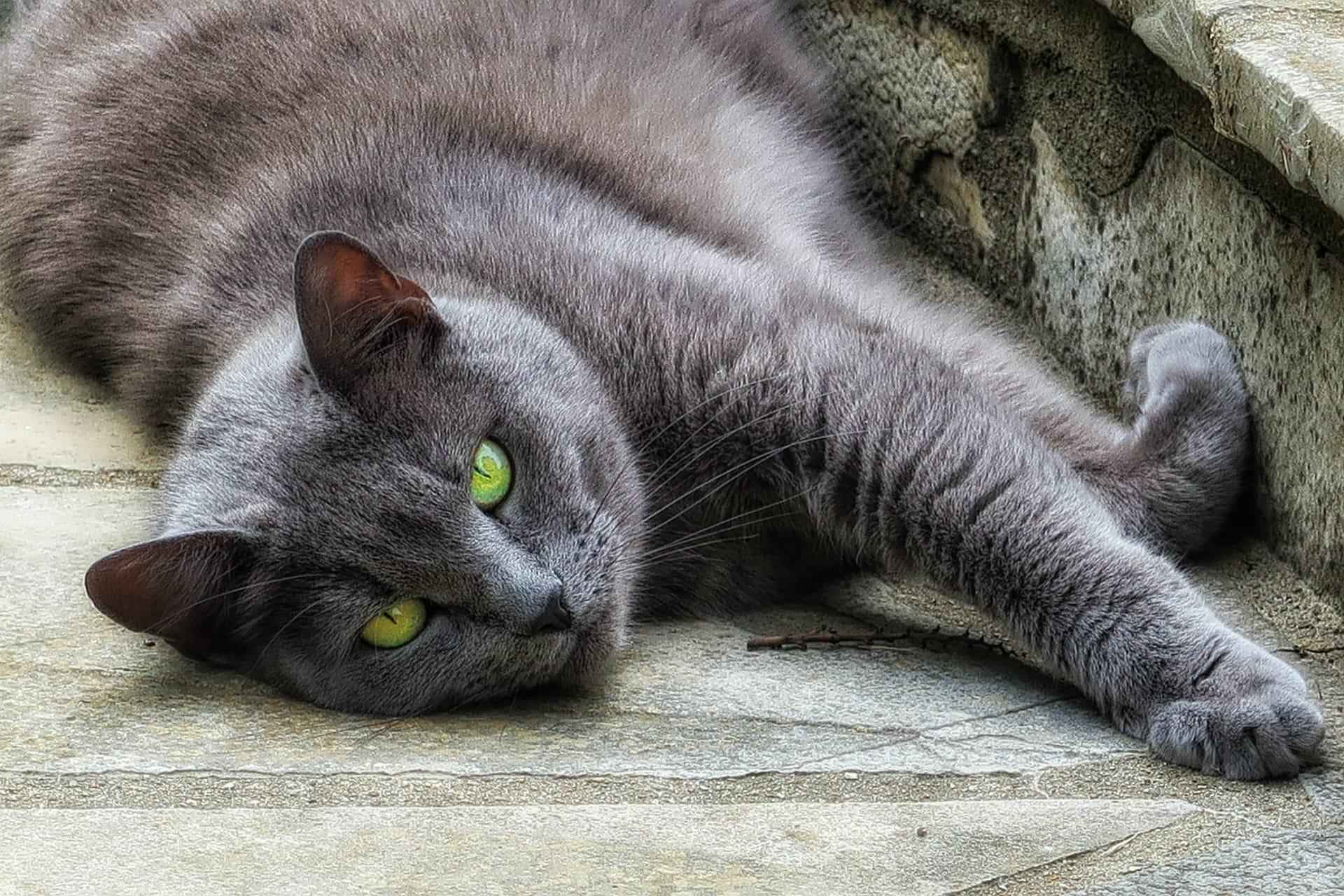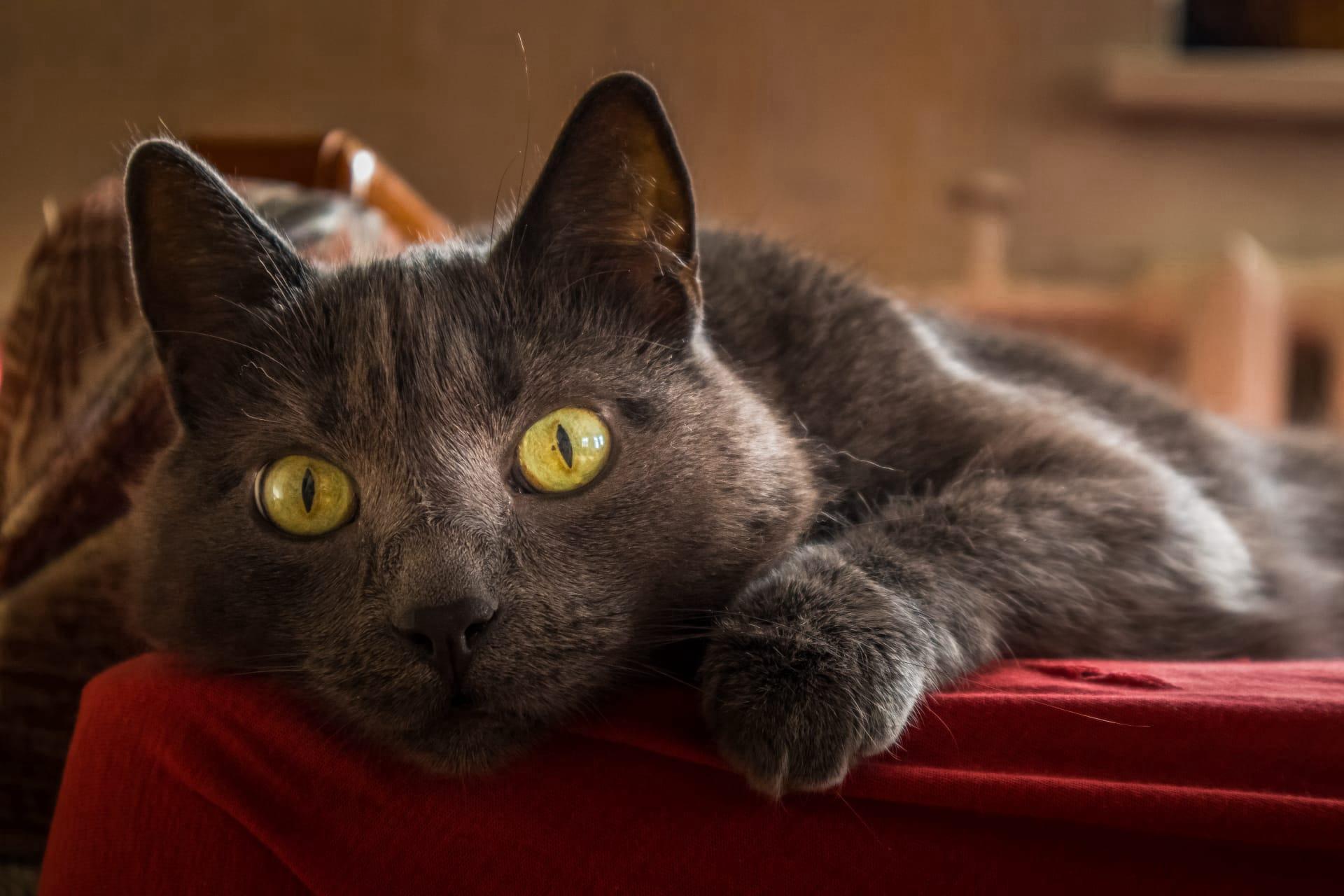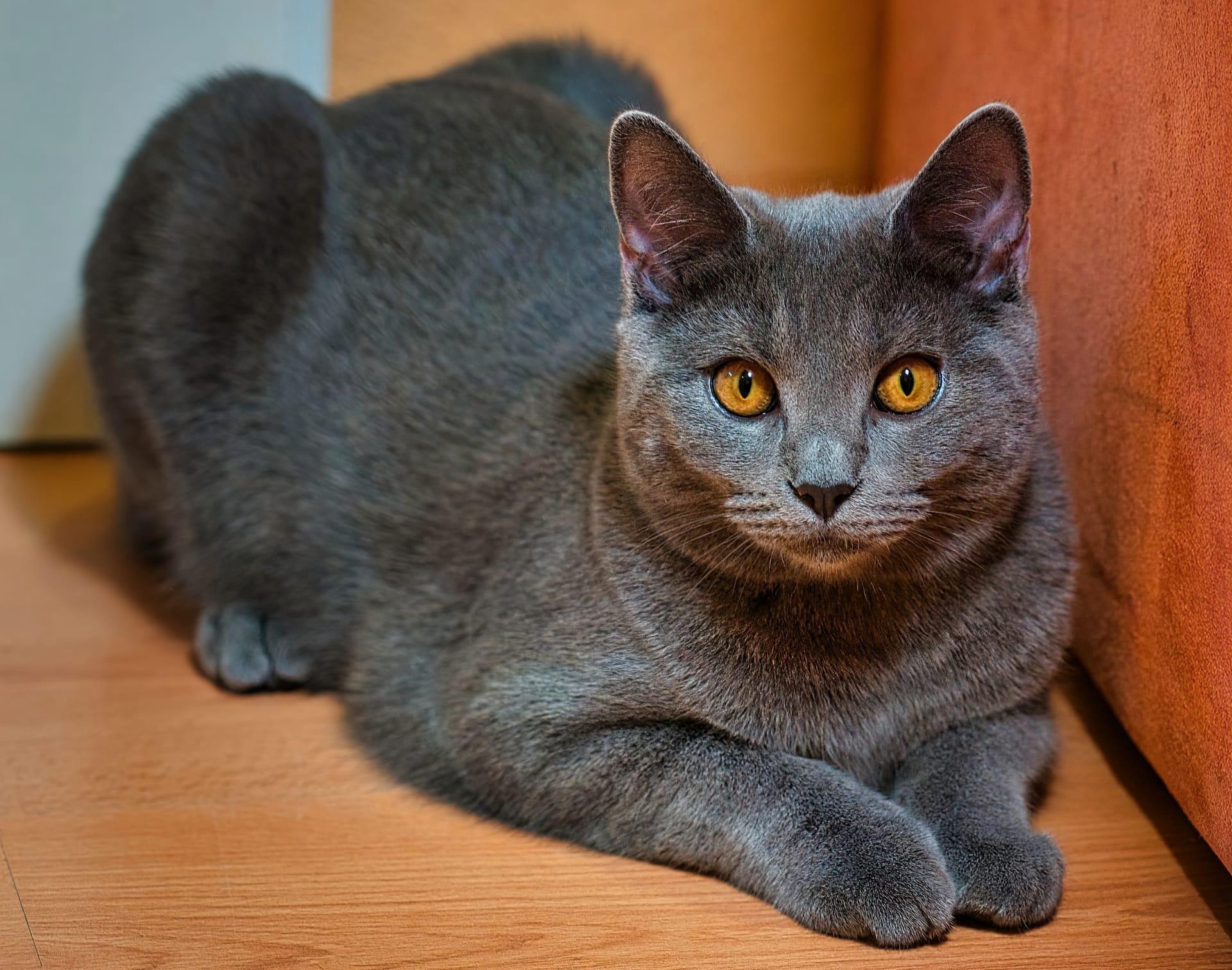Russian Blue Cat Trivia
- Home /
- Trivia Question /
- Animal /
- Russian Blue Cat Trivia
1
Question: What unique physical feature distinguishes the Russian Blue Cat from other cat breeds?
Answer: The Russian Blue Cat boasts a distinctive dense, plush coat that stands out due to its unique silvery-blue color. Each hair strand is tipped with silver, giving the coat a shimmering appearance that enhances its elegant silhouette. This double-layered coat not only contributes to their striking looks but also provides a soft, luxurious texture that's a delight to touch. The average length of their coat hair is about 1 to 2 inches, ensuring a uniform, sleek appearance that adds to their mystique.
Question: How does the temperament of Russian Blue Cats compare to that of other cats?
Answer: Russian Blue Cats are renowned for their gentle and reserved nature, often showing a shy demeanor around strangers but displaying unwavering loyalty and affection to their family members. They possess a quiet voice and are known for their intelligence, enjoying puzzle toys and interactive play. These cats are particularly sensitive to human emotions, making them excellent companions. They thrive in stable environments and prefer routines, which helps deepen the bond between them and their owners.

2
Question: Is it true that Russian Blue Cats are hypoallergenic, making them suitable for people with allergies?
Answer: While no cat breed is truly hypoallergenic, Russian Blue Cats are often considered more suitable for allergy sufferers compared to many other breeds. This is attributed to their lower levels of Fel d 1, a common allergen found in cat saliva. However, individual reactions to cats can vary greatly, and potential owners with allergies should spend time with the breed before making a commitment.
Question: Do Russian Blue Cats require a special diet to maintain their coat color and health?
Answer: Russian Blue Cats do not require a special diet for their coat color, but a balanced, high-quality diet is essential for maintaining their overall health and the lustrous sheen of their fur. Their diet should be rich in proteins and omega-3 fatty acids, which support skin health and contribute to the coat's silky texture and shine. Regular grooming and a clean, stress-free environment also play critical roles in their coat's appearance and health.

3
Question: How long do Russian Blue Cats typically live?
Answer: Russian Blue Cats have a long lifespan compared to many other cat breeds, with many living well into their late teens and some even reaching their early twenties. The average lifespan of a Russian Blue Cat is around 15 to 20 years, though this can vary based on genetics, diet, and overall care. Regular veterinary check-ups and a healthy lifestyle are key factors in ensuring a long, happy life for these felines.
Question: Are Russian Blue Cats good with children and other pets?
Answer: Russian Blue Cats are known for their gentle and calm demeanor, making them excellent companions for families with children. They are patient and tolerant, but also appreciate respectful interactions. Their social and adaptable nature means they can also get along well with other pets, including dogs and other cats, especially when introduced properly and gradually. Socialization from a young age helps them develop confidence and ease around both humans and animals.

4
Question: What is the origin of the Russian Blue Cat, and how did it gain popularity?
Answer: The Russian Blue Cat is believed to have originated in the port city of Archangel (Arkhangelsk) in Russia. They were brought to Europe by sailors in the 1860s and quickly gained popularity in England and Scandinavia. Their elegant appearance and charming demeanor made them a favorite among nobility and cat enthusiasts. By the early 20th century, Russian Blues were being shown in cat shows, and their popularity spread to the United States and beyond. Their mysterious origins and storied past add to their allure.
Question: Can Russian Blue Cats adapt to living in an apartment?
Answer: Russian Blue Cats are well-suited to apartment living due to their calm and reserved nature. They are not overly active or destructive, making them ideal companions for indoor living spaces. Their intelligence and playful demeanor mean they can be easily entertained with interactive toys and puzzle feeders, ensuring they get sufficient mental stimulation even in smaller spaces. Providing vertical space, such as cat trees, and regular playtime can help keep them happy and healthy in an apartment setting.

5
Question: What is the breeding standard for Russian Blue Cats in terms of physical appearance?
Answer: The breeding standard for Russian Blue Cats emphasizes their distinctive coat color, fine-boned elegant structure, and graceful movements. They should have a short, fine coat of a uniform, bright blue color with silver tipping that gives it a luminous sheen. Their eyes are a vivid green, round, and wide-set, adding to their expressive appearance. The body is long, slender, and muscular with a fine boning structure, allowing for graceful and agile movements. Their head is a smooth, medium wedge shape, neither too long nor too broad, with straight lines and a slight muzzle curve.
Question: How do Russian Blue Cats behave when they are left alone for extended periods?
Answer: Russian Blue Cats are known for their independent nature, which allows them to cope better with being alone for extended periods compared to some other, more demanding breeds. However, like all pets, they do appreciate companionship and can become lonely or bored if left alone too frequently or for too long. Providing stimulating toys, engaging in interactive play before leaving, and setting up a comfortable and secure environment can help mitigate any stress or anxiety. For owners who spend a lot of time away from home, considering a pet companion or employing interactive pet cameras can also be beneficial to keep their Russian Blue engaged and content.